Japan's Setsubun - Driving Away the Demons
Setsubun is a traditional Japanese festival celebrated to mark the beginning of spring. It involves various rituals, including the throwing of roasted soybeans to drive away evil spirits and bring good luck for the new season.

Origins and Significance
Setsubun, a traditional Japanese festival, holds deep roots in ancient customs and traditions, making it a significant event in Japan's cultural calendar. This festival marks the transition from the cold winter months to the vibrant season of spring, symbolizing renewal and the cycle of life. The significance of Setsubun lies in its ability to bring communities together to celebrate the changing of seasons and the hope for a prosperous year ahead.
Originating from the belief that evil spirits roam freely during seasonal transitions, Setsubun rituals aim to drive away these malevolent forces and invite good fortune into people's lives. The practice of throwing roasted soybeans, known as mamemaki, is a central aspect of Setsubun. By tossing beans at family members adorned with demon masks, participants symbolically cleanse their homes and hearts of negativity, paving the way for positivity and luck.
Another integral tradition during Setsubun is the decoration of homes with holly branches, or fukumame. These branches act as protective barriers against evil spirits, with the sharp thorns believed to ward off negative energies. The act of placing holly branches at entrances signifies a symbolic shield, ensuring that only good fortune enters the household during this auspicious time.
Furthermore, the consumption of ehomaki, special sushi rolls enjoyed during Setsubun, holds a deeper meaning beyond culinary delight. Ehomaki are eaten in silence while facing the auspicious direction of the year, determined by the zodiac sign. This practice is believed to bring good luck and prosperity to those partaking in the ritual, emphasizing the importance of mindfulness and intention in welcoming the new season.

Celebration Practices
Setsubun, the traditional Japanese festival marking the onset of spring, is a vibrant celebration steeped in rich customs and symbolism. One of the most engaging practices during Setsubun is the bean-throwing ritual, known as mamemaki. Families come together to toss roasted soybeans at individuals wearing demon masks, a symbolic gesture aimed at dispelling evil forces and ushering in good fortune for the new season.
Another intriguing tradition observed during Setsubun is the adornment of homes with holly branches, referred to as fukumame. These branches are strategically placed at entrances to ward off negativity and invite prosperity into the household. The sharp thorns on the holly leaves are believed to serve as a protective barrier against malevolent spirits, adding a layer of spiritual significance to the decoration.
One of the culinary highlights of Setsubun is the consumption of ehomaki, a type of sushi roll enjoyed during the festival. Ehomaki holds a special place in the celebration, with individuals partaking in the tradition of eating the entire roll in silence while facing the auspicious direction determined by the zodiac sign of the year. This act is believed to bestow good luck and blessings upon those partaking in the ritual.
The festival of Setsubun encapsulates a holistic approach to driving away negativity and embracing positivity as individuals engage in various practices that blend tradition, spirituality, and gastronomy. The combination of bean-throwing, holly branch decoration, and ehomaki consumption creates a unique tapestry of customs that reflect the essence of Japanese culture and beliefs.
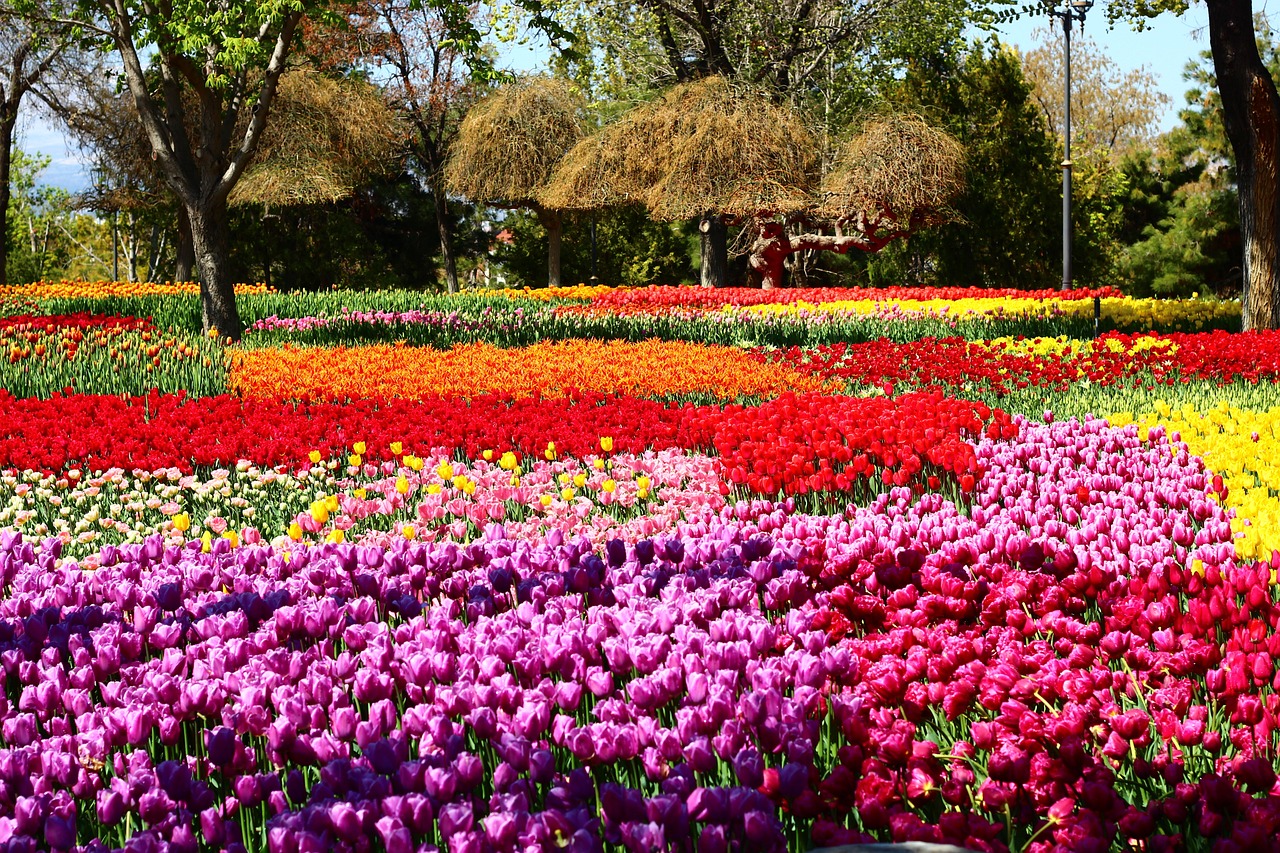
Bean-Throwing Ritual
The Bean-Throwing Ritual, known as mamemaki, holds a significant role during Setsubun, the traditional Japanese festival. This ritual involves throwing roasted soybeans at family members wearing demon masks. The act of bean-throwing is symbolic, aiming to drive away evil spirits and welcome good fortune for the upcoming season. It is believed that the beans possess the power to purify the surroundings and bring blessings to the participants.
During the mamemaki ceremony, individuals chant "Oni wa soto! Fuku wa uchi!" which translates to "Demons out, luck in!" This energetic exclamation adds a lively element to the ritual, creating an atmosphere of joy and unity among the participants. The throwing of beans is not just a physical action but a spiritual practice that signifies the cleansing of negativity and the ushering in of positivity.
Participants often wear demon masks during the bean-throwing ritual, symbolizing the demons or evil spirits that need to be banished. By targeting these symbolic representations, individuals aim to cast away any misfortune or malevolent forces that may be lingering around them. The act of throwing beans is not only fun and engaging but also serves as a form of spiritual protection and purification.
Furthermore, the tradition of mamemaki is deeply rooted in Japanese folklore and superstitions. The custom of bean-throwing dates back centuries and is based on the belief that evil spirits are sensitive to loud noises and the smell of roasted soybeans. Therefore, by engaging in this ritual, people seek to create an environment that is unfavorable to negative energies, ensuring a harmonious and prosperous beginning to the spring season.

mamemaki,
mamemaki is a traditional bean-throwing ritual performed during Setsubun, the Japanese festival marking the beginning of spring. This practice involves throwing roasted soybeans, known as mame, to drive away evil spirits and bring good luck for the new season. Participants usually chant "Oni wa soto, fuku wa uchi," which translates to "Demons out, luck in," while throwing the beans.
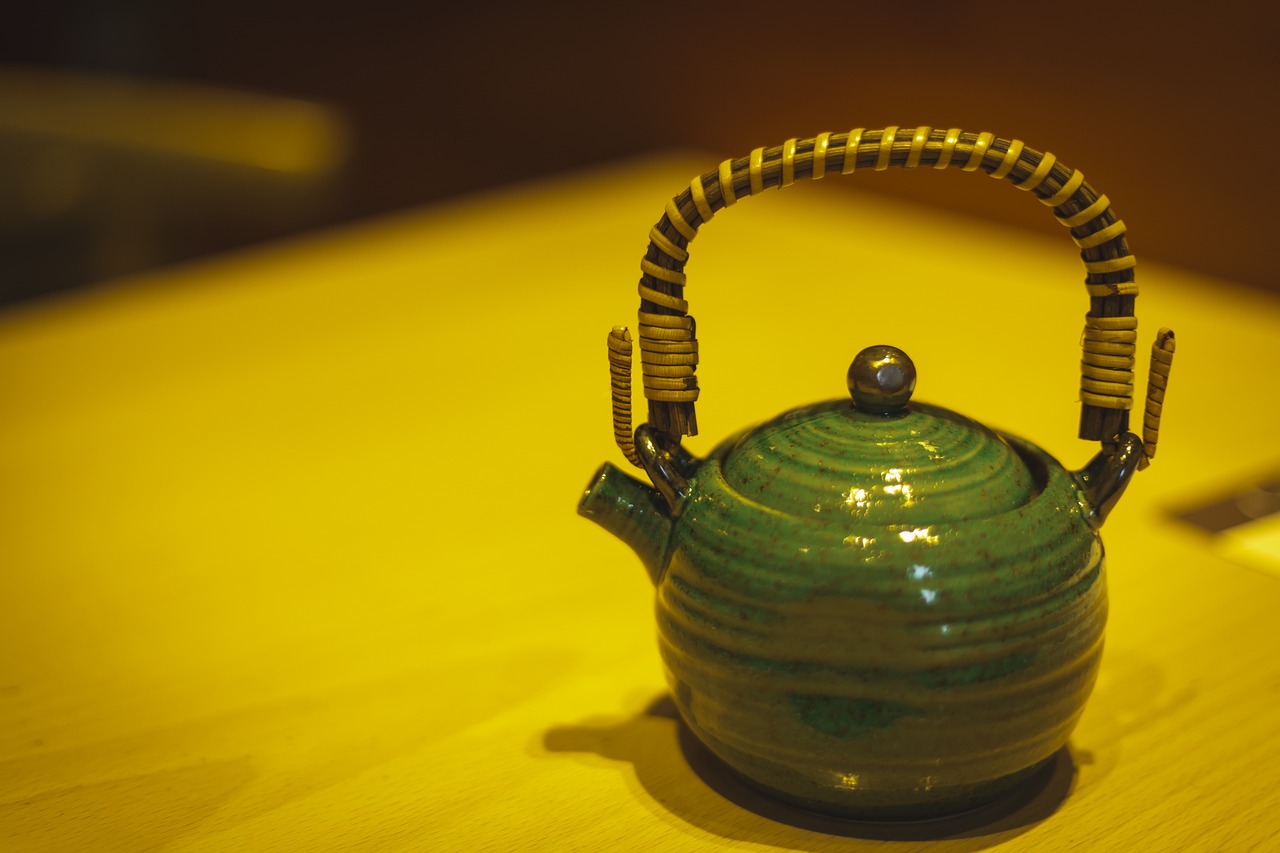
is a central part of Setsubun. Participants throw roasted soybeans at family members wearing demon masks to drive away evil spirits and invite good luck.
Setsubun is a traditional Japanese festival celebrated to mark the beginning of spring. It involves various rituals, including the throwing of roasted soybeans to drive away evil spirits and bring good luck for the new season.
Setsubun has roots in ancient Japanese customs and is considered an important event in the country's cultural calendar. It symbolizes the transition from winter to spring and the renewal of life.
During Setsubun, people participate in activities like bean-throwing, decorating their homes with holly leaves, and eating special sushi rolls called ehomaki while facing a specific direction believed to bring good fortune.
The bean-throwing ritual, known as mamemaki, is a central part of Setsubun. Participants throw roasted soybeans at family members wearing demon masks to drive away evil spirits and invite good luck.
Holly branches, called fukumame, are placed on house entrances during Setsubun to ward off evil and bring prosperity. The thorns on the holly leaves are believed to act as a barrier against negative energy.
Ehomaki are sushi rolls enjoyed on Setsubun while facing the year's lucky direction, determined by the zodiac sign of that year. Eating the entire roll in silence is thought to bring good fortune.
Different regions in Japan have unique customs for celebrating Setsubun, such as the throwing of sardines instead of beans in some areas. Each locality adds its own flair to the festival.
In contemporary Japan, Setsubun is still widely observed in homes, temples, and shrines. Many people also participate in public events and performances that showcase the festival's traditions.
With the rise of commercialism, Setsubun-themed products like demon masks, lucky charms, and special foods have become popular during the festival season. This trend has brought new dimensions to the celebration.
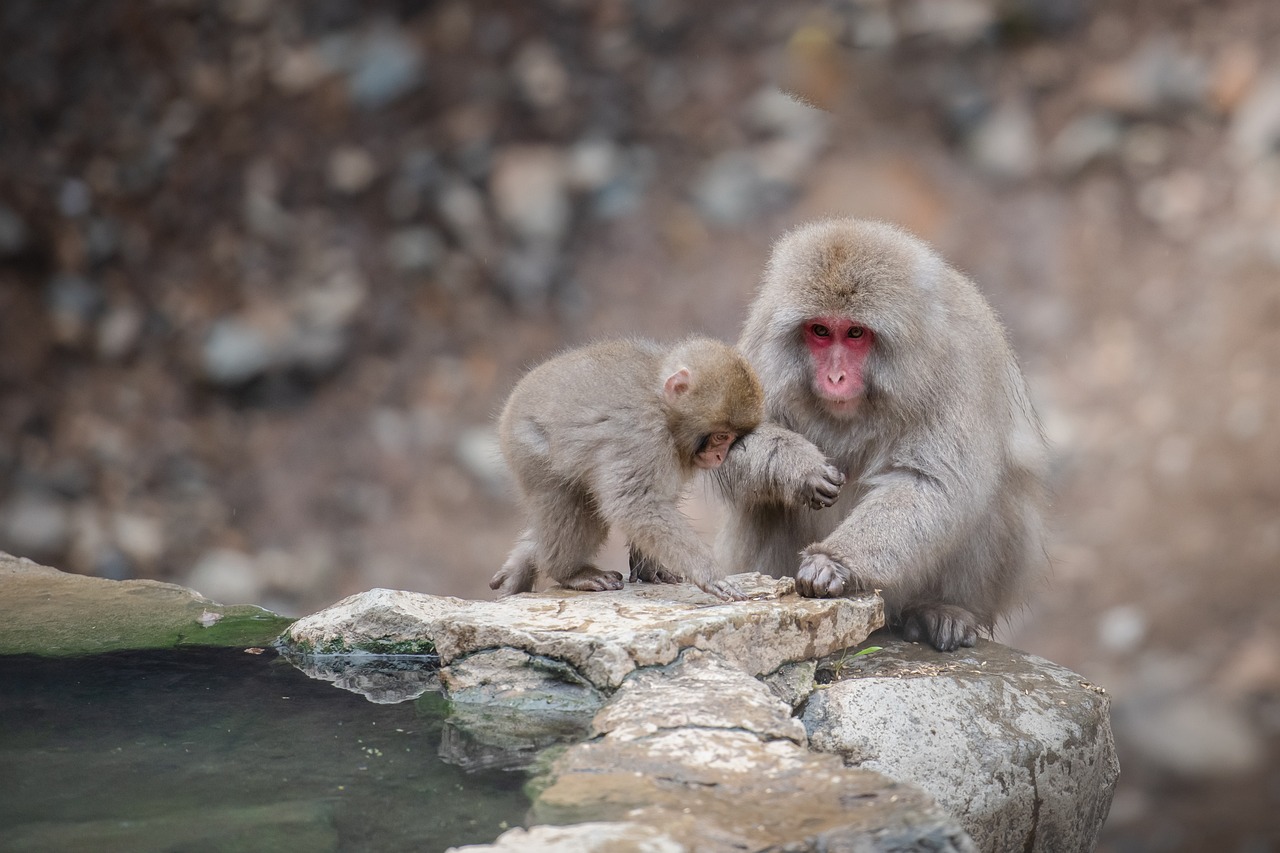
Holly Branch Decoration
During Setsubun, one of the traditional practices involves the , known as fukumame in Japanese. This ritual holds deep symbolic significance as holly branches are placed on house entrances to ward off evil forces and usher in prosperity for the household. The choice of holly leaves is not arbitrary; it is believed that the thorns on the holly branches serve as a protective barrier against negative energies and malevolent spirits.

fukumame,
The tradition of fukumame, where holly branches are used for decoration during Setsubun, holds deep symbolic meaning in Japanese culture. These branches, known for their sharp thorns, are believed to serve as protectors against evil spirits and negative energies. Placing fukumame at the entrances of homes is thought to bring prosperity and ward off malevolent forces, ensuring a harmonious and auspicious beginning to the spring season. The practice of using holly branches in Setsubun celebrations highlights the Japanese people's reverence for nature and their belief in the power of symbolic rituals to bring blessings and good fortune.

are placed on house entrances during Setsubun to ward off evil and bring prosperity. The thorns on the holly leaves are believed to act as a barrier against negative energy.
Holly branches, known as fukumame, are placed on house entrances during Setsubun to ward off evil and bring prosperity. The thorns on the holly leaves are believed to act as a barrier against negative energy.

Ehomaki Tradition
The is a fascinating aspect of Setsubun celebrations in Japan. Ehomaki are special sushi rolls consumed during this festival, but they are not just any ordinary sushi rolls. These rolls are prepared with a specific ritual in mind to bring good luck and prosperity for the upcoming year. One unique feature of Ehomaki is the tradition of eating them while facing a particular direction believed to be auspicious for that year. This direction is determined by the zodiac sign of the year, adding an element of astrological significance to the culinary experience.
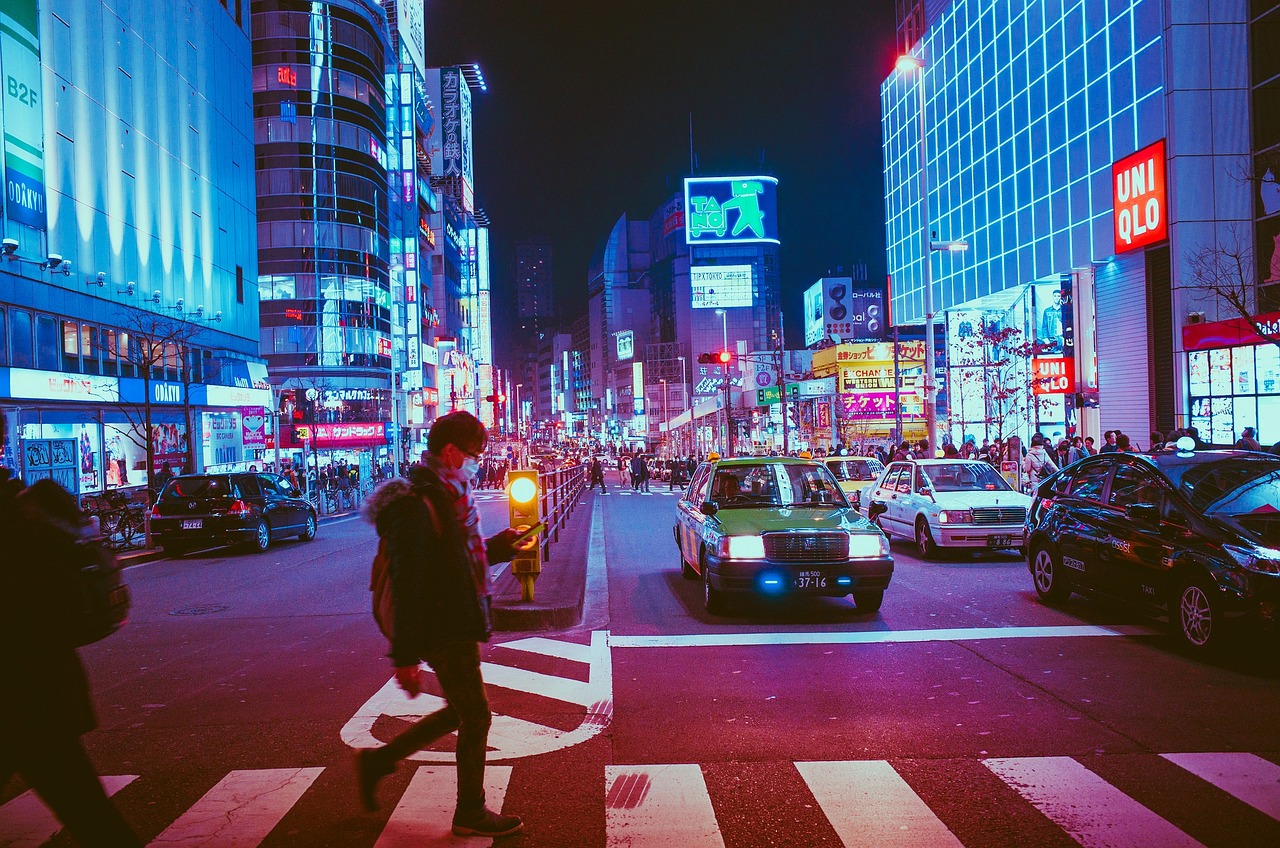
Regional Variations
Japan's Setsubun festival is not only rich in tradition but also diverse in its regional variations. Different parts of Japan have unique customs and practices that add a special touch to the celebration of driving away demons and welcoming good luck.
In some regions, Setsubun takes on a different form, such as the practice of throwing sardines instead of beans. This variation adds a quirky twist to the festival, showcasing the creativity and diversity of traditions across Japan.
Moreover, certain areas may have specific rituals or performances unique to their locality. These regional variations highlight the cultural richness of Japan and the significance of community traditions in different parts of the country.
While the core essence of Setsubun remains consistent throughout Japan, these regional differences offer a fascinating insight into the diverse ways in which people celebrate the arrival of spring and the dispelling of evil spirits.

Modern Observance
Modern Observance of Setsubun in Japan reflects a blend of traditional practices with contemporary lifestyles. While the festival's essence remains rooted in age-old customs, its observance has evolved to encompass a mix of old and new traditions. Homes, temples, and shrines still hold special ceremonies and rituals to mark the occasion, keeping the spirit of Setsubun alive.
In addition to private celebrations, public events and performances have become integral to the modern observance of Setsubun. These events not only entertain but also educate attendees about the significance of the festival. Through dances, plays, and interactive activities, the cultural importance of Setsubun is shared with a broader audience.
One notable aspect of Setsubun's modern observance is the commercialization of the festival. The market is flooded with Setsubun-themed products, ranging from demon masks and lucky charms to special foods tailored for the occasion. This commercial trend has added a new layer to the festival, offering people a wide array of options to partake in the festive spirit.
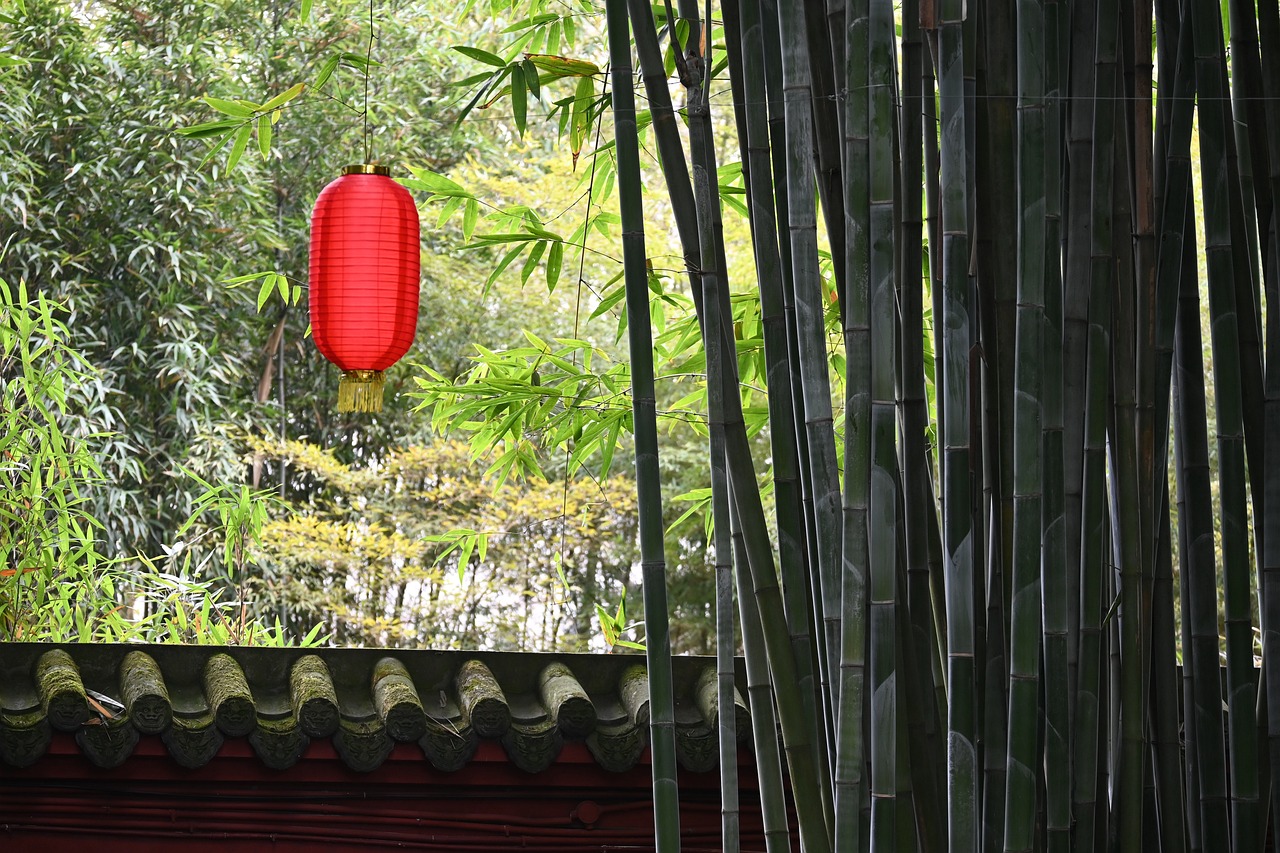
Commercialization
Commercialization has played a significant role in shaping the modern observance of Setsubun in Japan. With the growing influence of consumerism, the festival has seen a surge in Setsubun-themed products and merchandise. Demon masks, traditionally used during bean-throwing rituals, are now available for purchase as souvenirs or for decorative purposes. Lucky charms and amulets associated with driving away evil spirits have become popular items, often adorned with auspicious symbols and designs.
Special foods and snacks tailored for Setsubun have also become commercialized, with bakeries and confectioneries offering themed treats like demon-shaped cookies and bean-filled pastries. These products not only cater to the festive spirit but also contribute to the overall experience of celebrating Setsubun. Additionally, restaurants may feature special Setsubun menus, incorporating traditional ingredients and flavors associated with the festival.
Moreover, the entertainment industry has capitalized on Setsubun by organizing events, performances, and themed attractions during the festival season. From traditional dance performances to modern theatrical productions centered around the theme of driving away demons, these cultural showcases attract both locals and tourists alike. This commercial aspect adds a dynamic layer to the festival, blending tradition with contemporary consumer trends.
Frequently Asked Questions
- What is Setsubun?
Setsubun is a traditional Japanese festival that marks the beginning of spring and is celebrated to drive away evil spirits and bring good luck for the new season.
- Why do people throw beans during Setsubun?
The bean-throwing ritual, known as mamemaki, is a symbolic act to ward off evil spirits. By throwing roasted soybeans, people believe they can invite good luck and prosperity into their homes.
- What is the significance of the Ehomaki tradition?
Ehomaki are sushi rolls enjoyed during Setsubun while facing a specific lucky direction. Eating the entire roll in silence is believed to bring good fortune and blessings for the coming year.
- How do different regions in Japan celebrate Setsubun?
Various regions in Japan have unique customs for Setsubun, such as throwing sardines instead of beans. Each locality adds its own touch to the festival, reflecting diverse cultural practices.
- Is Setsubun still widely observed in modern Japan?
Yes, Setsubun is still celebrated in contemporary Japan in homes, temples, and shrines. Public events and performances also showcase the traditional rituals of the festival.



















